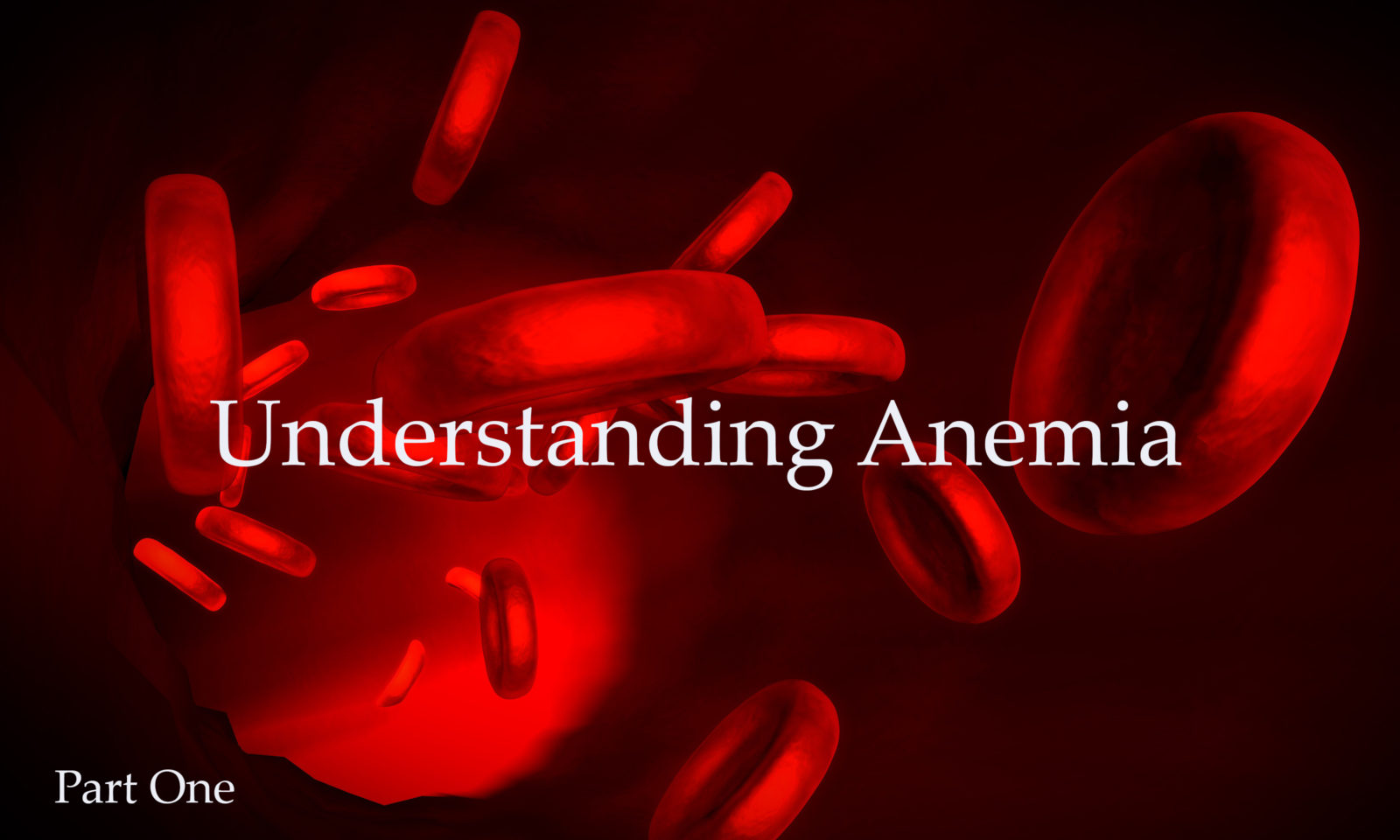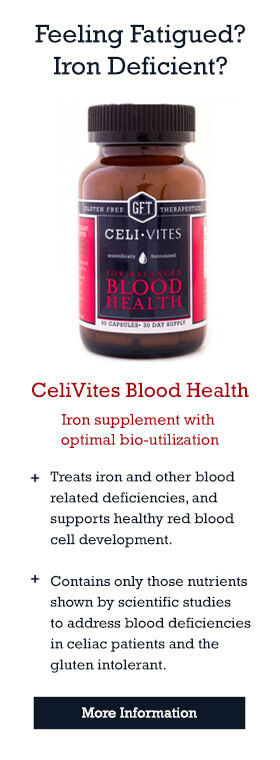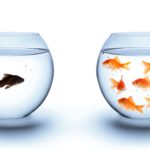
Why Do Our Bodies Need Iron?
Understanding Anemia part 1
Iron has long been recognized as essential in human health. Despite not fully understanding its metabolism, many ancient civilizations, including Egyptians, Greeks and Romans, developed medicinal uses for this compound. However, it would take many centuries for researchers to unveil its functions and it wasn’t until the beginning of the 20th century that unequivocal evidence showed that iron is absolutely vital for normal body metabolism. Preventing iron deficiency anemia has captured the attention of the public health community due to the huge numbers of people around the globe being diagnosed.
We now know that iron is essential for the transport of oxygen throughout our body. This “oxygen bus” — a.k.a. hemoglobin found in red blood cells — is a complex structure between iron and a protein called hemoprotein, which circulates in the body from head to toe, distributing much needed oxygen to all internal organs.
IRON METABOLISM
How is iron absorbed?
The journey starts in the initial parts of the small intestine, where this element is able to cross the intestinal wall and enter the bloodstream. Once there, it “hitchhikes” on a transporter called transferrin to reach the bone barrow, where it’s finally coupled with hemoprotein to create red blood cells.
How is it stored?
Surplus iron is stored in the liver, spleen and bone marrow. This insoluble form is regulated by strict mechanisms and it’s released only if needed. These levels are actually what’s measured by laboratory tests to check iron status, if iron deficiency is suspected.
How it is excreted?
The final piece in the iron metabolism puzzle relates to the way it’s excreted. As it turns out our body is quite tight-fisted and does not let go of iron that easily! There are some unavoidable losses — estimated to be less than 1 mg a day — but the rest is kept safely stored in insoluble forms. There’s only one exception and, on this occasion, women have taken the short straw: during menstruation, blood loss can be quite significant and it may lead to iron deficiency.
A constant balance
Given the life-sustaining properties of iron, it’s not surprising to find out that our body has got fluctuations in iron levels under strict surveillance. With levels measured constantly, there’s a fine balance between uptake, transport, storage and use. This allows the release of iron when needed, but only in small amounts, as the body does not have a dedicated excretion mechanism and excess iron circulating in the blood can become toxic.
BIOAVAILABILITY
In terms of how easy it is for us to absorb from our diet, iron is a tricky element. First of all, it comes in two forms: heme and non-heme, according to whether it’s attached to hemoprotein or not. Heme forms come from eating meat and fish, whereas non-heme iron is more predominant in cereals, legumes, fruit and vegetables.
Second, it turns out that, independently of the form, our body is remarkably bad at absorbing iron from what we eat. It’s slightly better with heme iron (up to 35%), while values for non-heme iron can be extremely low (2 to 20%), as they’re affected by other compounds present in the diet. These differences make it very hard to estimate how much iron we’re actually absorbing but, in a balanced diet, it’s likely that the quantity of non-heme iron is much greater than heme iron, and it contributes more to iron absorption overall.
What makes absorption even harder?
Particularly affecting non-heme forms of iron, there are many elements that may make iron absorption just that little bit harder. These include compounds called phytates and polyphenols, which are present in many food items, from fruit and vegetables to tea and coffee. In addition, many different proteins,including those present in milk and egg, can also have a negative impact on iron uptake.
How to enhance iron absorption?
On the plus side, there are a number of other compounds that are able to enhance iron absorption. Many studies have shown that both ascorbic and citric acid can help increase iron uptake by changing it into a more soluble form. Ascorbic acid has the extra advantage of being able to counteract the negative effects caused by all inhibitors described above, including phytate and polyphenols. It’s been estimated that, in terms of iron absorbed, adding 25 mg ascorbic acid to a vegetarian meal is the equivalent of consuming 30g meat.
In addition to ascorbic and citric acid, the heme forms of iron can spread their positive influence and also improve the absorption of non-heme forms present in the same meal. Studies have shown that protein present in meat is able to increase absorption of iron from fruit and vegetables about 2–3 times, whereas ingesting the same amount of protein derived from egg albumin had no effect.
HUMAN REQUIREMENTS
As babies, our iron needs are fully met by human milk and do not exceed 0.9 mg/day. After the first birthday, this value starts to increase and has doubled by the time primary school comes along. Another jump in iron needs happens during adolescence and puberty, noticeable in many teenagers by a growth spurt. As adults with normal iron requirements, most of us need around 2–3 mg/day, allowing us to accumulate about 1–3 g in our body. One notable exception is for pregnant women; whose needs grow exponentially as the baby develops to reach over 6mg/day towards the end of pregnancy.
This original article is made possible by Gluten Free Therapeutics the makers of CeliVites. Our mission is to educate, inform, and provide the most effective nutritional products possible to allow those with celiac disease and serious gluten intolerance to heal their bodies.
Comments ()















